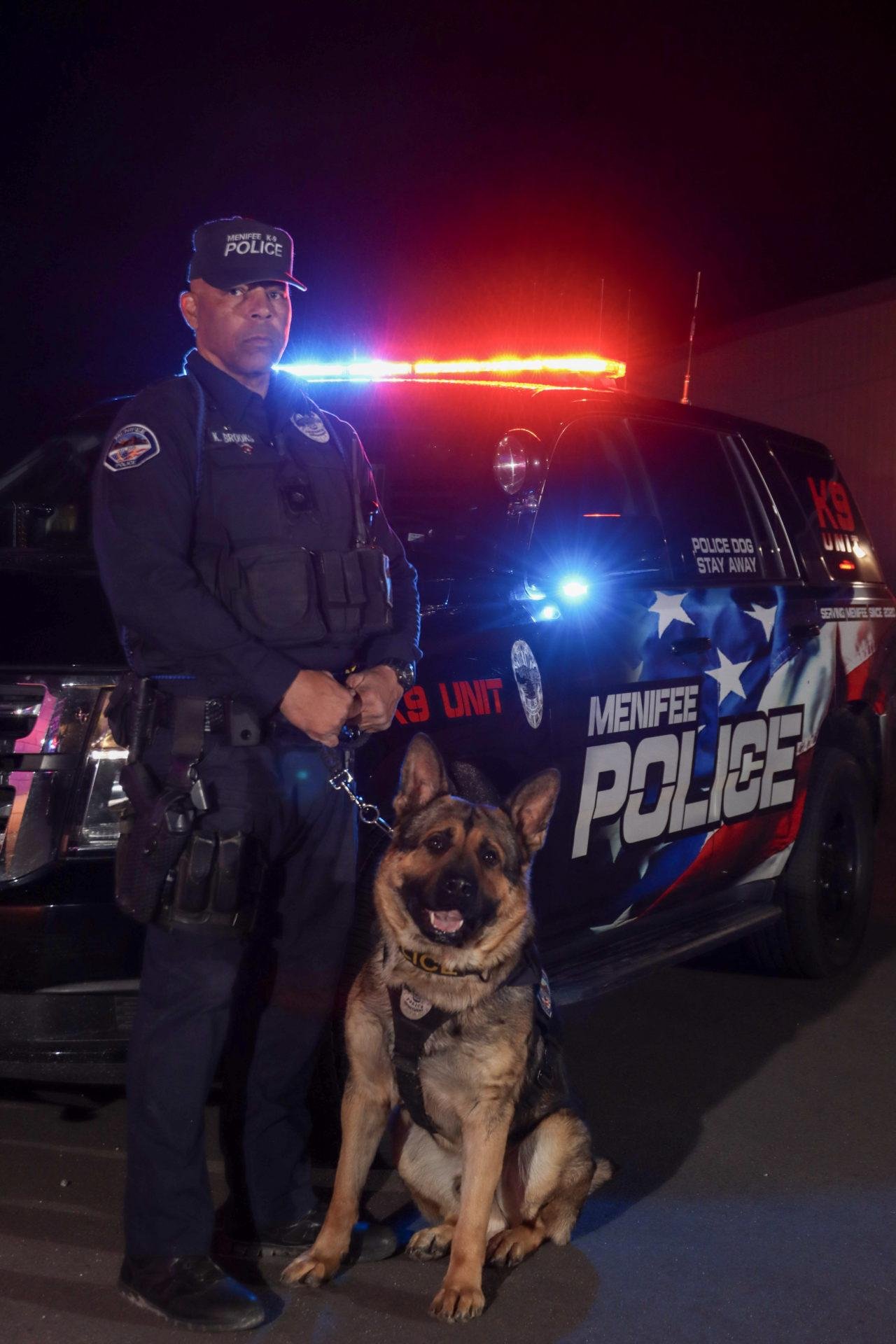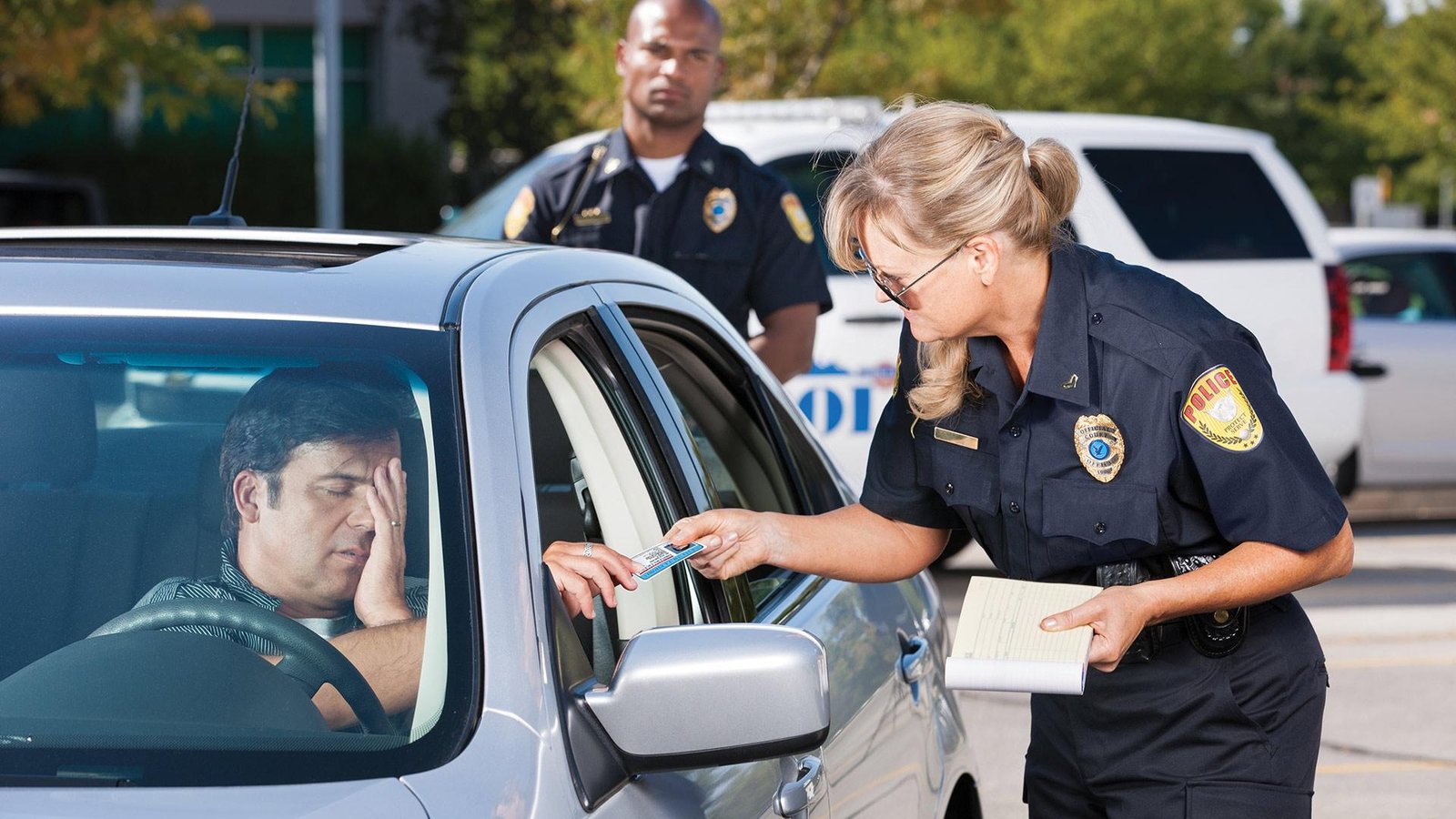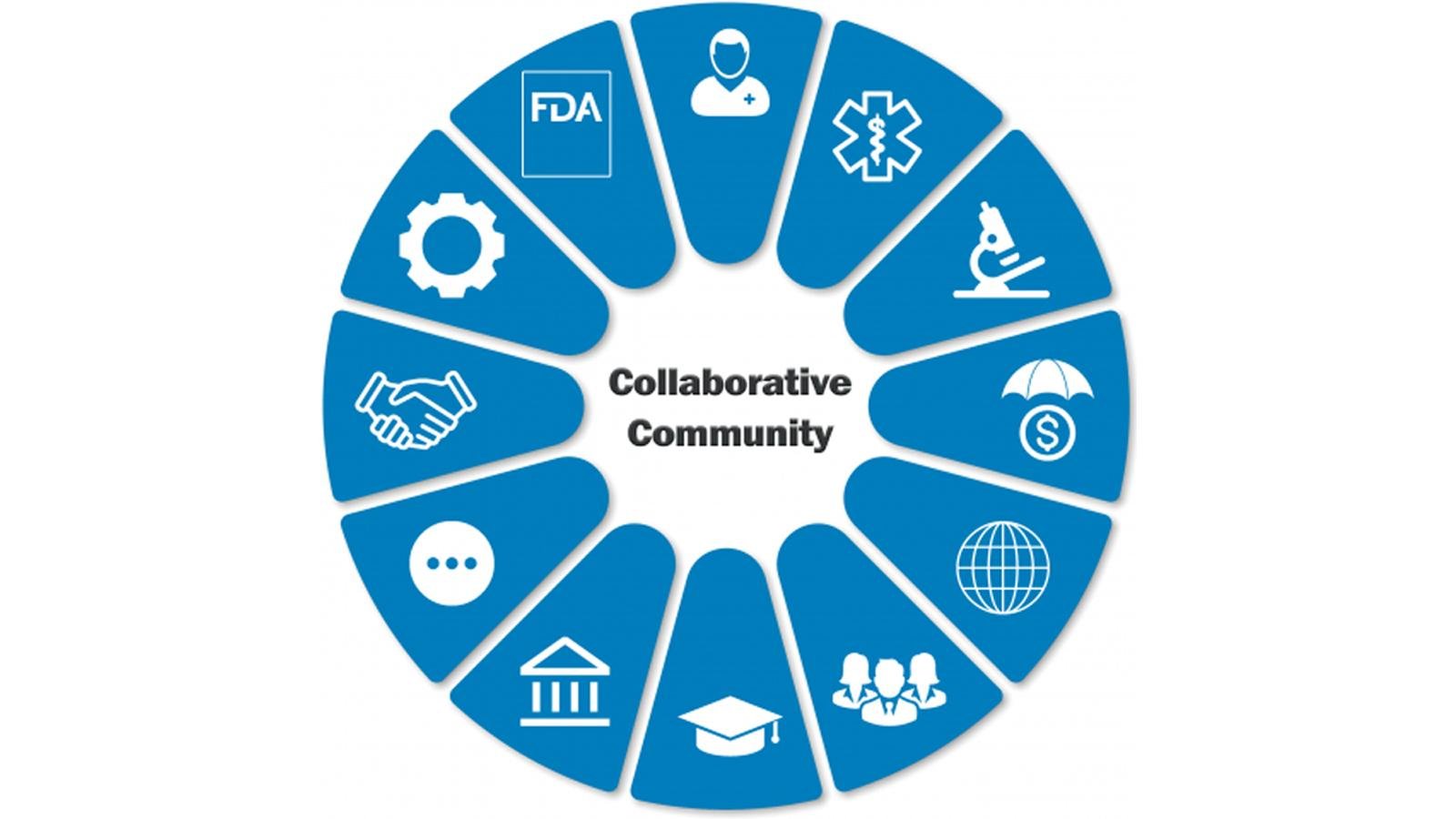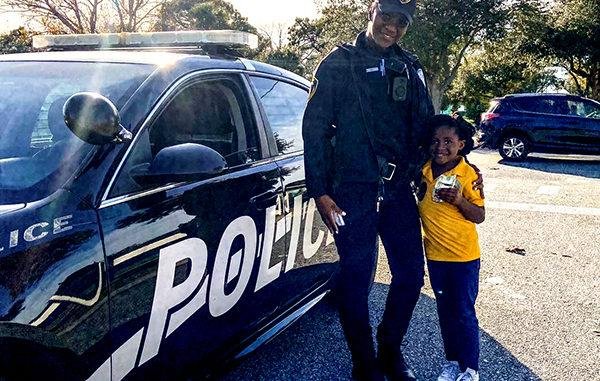In the quiet town of Cocoa, Florida, a remarkable partnership between law enforcement and their four-legged allies continues to make headlines. Among the dedicated members of the Cocoa Police Department is K-9 Maverick, a well-trained German Shepherd with a nose for uncovering illicit substances. Recently, during a routine traffic stop, Maverick showcased his exceptional skills, assisting officers in locating methamphetamine and fentanyl hidden within the vehicle. This incident not only highlights the critical role of K-9 units in modern policing but also serves as a reminder of the ongoing battle against drug trafficking in communities across the nation. In this article, we delve into the details of this daring encounter, exploring how Maverick’s keen senses contributed to the successful apprehension of dangerous narcotics.
The Role of K-9 Units in Modern Policing
The integration of K-9 units in modern law enforcement serves as a pivotal asset in maintaining public safety and ensuring effective crime prevention. With their acute sense of smell and trainable skills, police dogs like Maverick enhance the capabilities of officers during routine traffic stops. The proactive measures taken by K-9 units allow for the quick identification of illicit substances, such as methamphetamine and fentanyl. This not only aids in the immediate apprehension of suspects but also acts as a deterrent against drug-related activities in the community.
K-9 teams have transformed the dynamics of police work, fostering a collaborative environment between humans and canines. The thorough training of these dogs enables them to detect specific odors associated with various narcotics, significantly improving the precision of searches. Essential benefits of K-9 units include:
- Enhanced Detection: Dogs can sniff out drugs that may go unnoticed by human officers.
- Community Engagement: K-9 units often participate in public demonstrations, building trust with the community.
- Crisis Management: They are crucial in high-stakes scenarios, providing support in hostage situations or other emergencies.

Understanding the Dangers of Methamphetamine and Fentanyl
Methamphetamine and fentanyl pose significant risks to both individuals and communities. These substances are not only highly addictive but also incredibly potent, making them dangerous even in small quantities. Methamphetamine is a powerful central nervous system stimulant that can lead to severe physical and psychological health issues, including anxiety, paranoia, and aggressive behavior. On the other hand, fentanyl, a synthetic opioid, is known for its extreme potency—approximately 50 to 100 times stronger than morphine. This means that the margin for error in dosing is perilously slim, as even a minuscule amount can lead to overdose and death.
Understanding the implications of these drugs is essential in combating their spread. Here are critical points to consider:
- Increased Overdose Rates: The surge in fentanyl-related overdoses has alarmingly escalated, overwhelming healthcare systems.
- Association with Crime: The trafficking and distribution of meth and fentanyl contribute to a range of criminal activities, including violence and organized crime.
- Community Impact: Widespread drug use can lead to deteriorating neighborhoods and increased strain on local resources.
To highlight the severity of these drugs, let’s examine the comparative effects of methamphetamine and fentanyl:
| Substance | Primary Effects | Risks |
|---|---|---|
| Methamphetamine | Increased energy, euphoria, intense focus | Cardiovascular problems, addiction, psychosis |
| Fentanyl | Severe pain relief, sedation | Respiratory depression, overdose, death |
Both substances represent a formidable challenge to public health and safety. Awareness and education are key components in addressing the dangers they pose, enabling communities to better prepare for and respond to the crisis. It’s critical to have ongoing discussions about prevention, treatment, and the resources available for those affected by the devastation of addiction.

Best Practices for Traffic Stops Involving Drug Detection
Traffic stops can be critical moments for law enforcement, especially when they involve the detection of illicit substances. In these encounters, it is essential that officers utilize a structured approach that prioritizes safety and effectiveness. Some best practices include:
- Establish Clear Communication: Officers should clearly communicate their intentions and maintain a calm demeanor to de-escalate any potential tension.
- Utilize K-9 Units: Employing specially trained dogs like K-9 Maverick can significantly enhance the efficacy of drug detection. These animals are skilled at identifying various substances, including methamphetamine and fentanyl.
- Conduct Thorough Assessments: Officers should conduct a detailed assessment of the situation, utilizing both observed behavior and K-9 indications to guide further action.
Moreover, documentation and follow-up procedures are crucial for ensuring accountability and integrity in the process. This can involve:
- Maintaining Detailed Reports: Officers should document all findings, including K-9 alerts, to create a comprehensive record of the incident.
- Following Legal Protocols: Adhering to the law protects both the officers and the individuals involved, ensuring that evidence is handled properly.
- Training and Collaboration: Regular training sessions for officers and K-9 units enhance their skills and improve teamwork, leading to better outcomes during traffic stops.
| Practice | Description |
|---|---|
| Clear Communication | Establishing trust and reducing tension. |
| K-9 Utilization | Enhancing detection capabilities. |
| Detailed Documentation | Creating a reliable record of the encounter. |
| Legal Adherence | Protecting the integrity of evidence. |

Community Collaboration in Combating Substance Abuse
The collaboration between local law enforcement and community organizations plays a critical role in addressing substance abuse issues. Recently, Cocoa Police K-9 Maverick, a highly trained canine, assisted officers during a routine traffic stop that resulted in the discovery of significant quantities of methamphetamine and fentanyl. This incident underscores the importance of utilizing specialized resources in the fight against illicit drugs, ultimately promoting a safer environment for community members. Through partnerships with schools, health agencies, and local non-profits, law enforcement can enhance their efforts in education, prevention, and intervention.
Initiatives like community outreach and awareness programs help to bridge the gap between police forces and the citizens they protect. By engaging residents in discussions about the dangers of substance abuse, sharing vital information, and encouraging anonymous tips, communities can foster a more vigilant and informed public. Key elements of successful collaboration may include:
- Workshops focused on substance abuse education
- Community forums to discuss local drug issues
- Volunteer programs that involve citizens in prevention efforts
- Support groups for affected families
Such efforts not only empower individuals but also create a robust network dedicated to combating the ever-evolving challenges posed by substance abuse.
Q&A
Q&A: Cocoa Police K-9 Maverick Assists in Locating Methamphetamine and Fentanyl During Traffic Stop
Q: What prompted the traffic stop involving K-9 Maverick?
A: The traffic stop was initiated by Cocoa police officers due to suspected erratic driving displayed by the vehicle. Officers observed behaviors that warranted further investigation, leading to the deployment of K-9 Maverick, a highly trained canine with a keen sense of smell.
Q: Who is K-9 Maverick and what are his qualifications?
A: K-9 Maverick is a specially trained police dog who serves in the Cocoa Police Department. He has completed rigorous training in narcotics detection and is certified in locating illegal substances such as methamphetamine and fentanyl.
Q: What happened during the traffic stop?
A: During the stop, officers conducted a routine check of the vehicle. K-9 Maverick was deployed to assist, and he quickly alerted officers to the presence of narcotics. This led to a search of the vehicle, during which large quantities of methamphetamine and fentanyl were discovered.
Q: Why is the use of K-9s like Maverick significant in drug enforcement?
A: K-9s like Maverick play a crucial role in drug enforcement for their unmatched ability to detect narcotics through scent. Their involvement not only enhances the effectiveness of police investigations but also aids in ensuring safer communities by removing dangerous substances from the streets.
Q: What are the implications of finding substances like methamphetamine and fentanyl?
A: The discovery of methamphetamine and fentanyl carries serious implications for public safety. Both substances are highly addictive and pose significant health risks. Their presence indicates a larger issue of drug trafficking that law enforcement agencies are actively working to combat.
Q: How does the community react to the work of K-9 units like Maverick?
A: The community generally appreciates the efforts of K-9 units, recognizing their contributions to law enforcement and public safety. Maverick’s success in locating drugs during this traffic stop has garnered positive attention, showcasing the effective partnership between trained canines and police officers.
Q: What are the next steps following this traffic stop?
A: Following the traffic stop, the detained individuals are likely facing charges related to drug possession and trafficking. The Cocoa Police Department will continue their investigation to understand the broader context of this case and take appropriate legal action against those involved.
Q: How can the public contribute to drug prevention efforts in their communities?
A: The public can play an integral role in drug prevention by reporting suspicious activities and being aware of potential drug-related issues in their neighborhoods. Community awareness and collaboration with local law enforcement can help create a safer environment for everyone.
To Conclude
In a world where the battle against drug-related crime continues to escalate, the remarkable partnership between law enforcement and K-9 units proves to be an invaluable asset. The recent efforts of Cocoa Police K-9 Maverick highlight the critical role that trained canine companions play in safeguarding our communities. By successfully locating methamphetamine and fentanyl during a routine traffic stop, Maverick not only exemplifies the effectiveness of police work but also serves as a poignant reminder of the ongoing challenges posed by illicit substances.
As we reflect on this incident, it is essential to recognize the dedication of both the human officers and their four-legged partners in their mission to protect public safety. Stories like this inspire a collective commitment to fostering safer environments and raising awareness about the dangers associated with drug trafficking. In the face of adversity, it is clear that collaboration and innovation—whether through technology or time-honored traditions like K-9 units—will remain vital in the pursuit of justice. As the Cocoa community moves forward, let this moment stand as a testament to the tireless efforts aimed at curbing the tide of addiction and substance abuse, one successful operation at a time.

